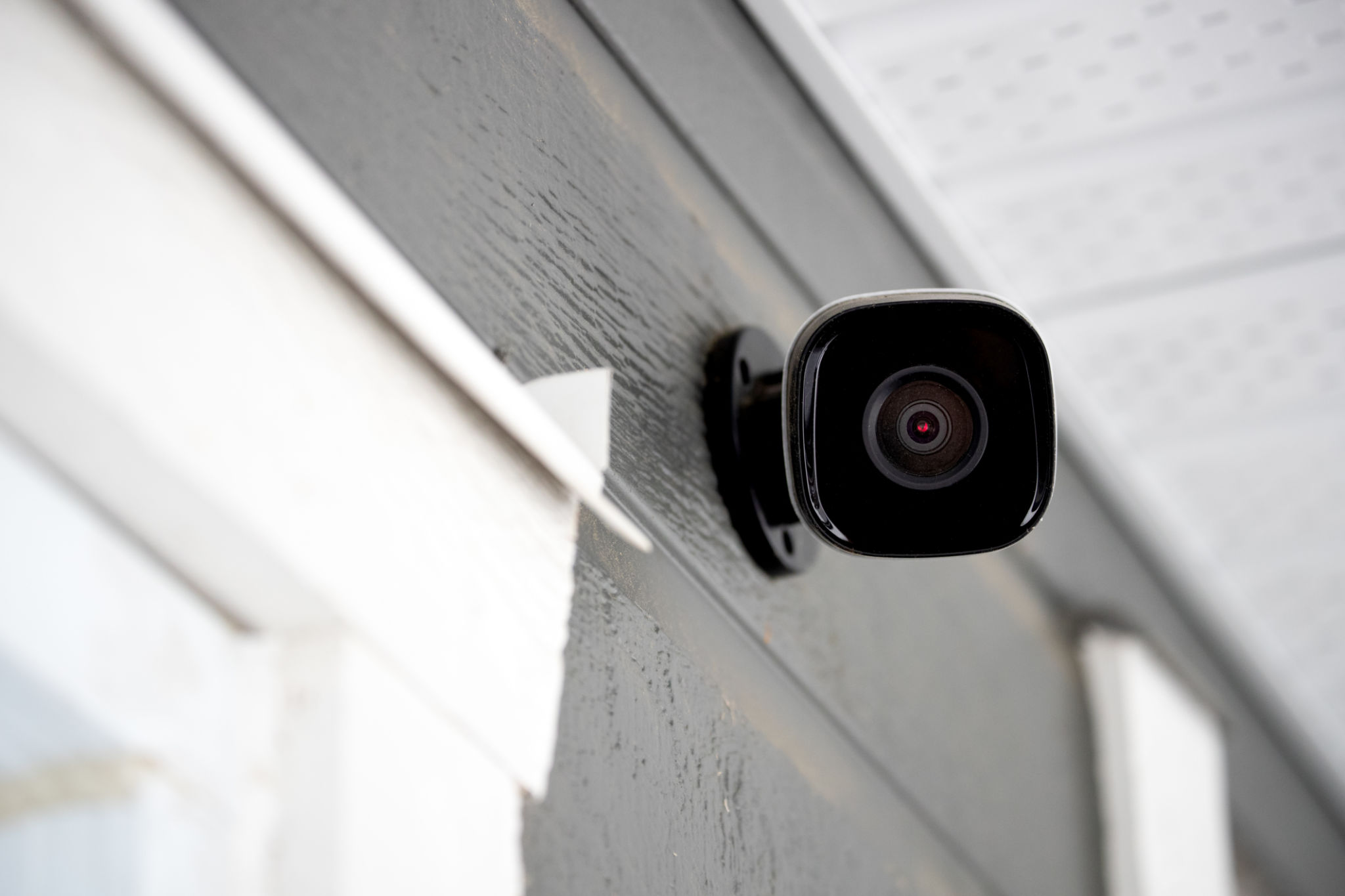Smart Home Gadgets vs. Traditional Devices: What’s Right for You?
Understanding Smart Home Gadgets
Smart home gadgets are revolutionizing the way we interact with our living spaces. These devices, which can be controlled via smartphones or voice commands, offer convenience, energy efficiency, and enhanced security. Whether it’s a smart thermostat that learns your schedule or lights that adjust based on your presence, these gadgets promise to make daily life easier and more efficient.

One of the most significant advantages of smart home gadgets is their ability to integrate seamlessly with each other. For instance, you can set your smart lights to turn off automatically when you leave home, or have your security camera send alerts directly to your phone. The possibilities are nearly endless, and they can be customized to fit your specific lifestyle needs.
Exploring Traditional Devices
In contrast, traditional devices have been the staple of households for decades. These devices do not rely on internet connectivity or apps, offering a straightforward and often more reliable experience. For many, the simplicity of traditional devices is a significant draw, especially for those who are not tech-savvy or prefer a more hands-on approach.
Traditional devices tend to have a longer lifespan since they are not dependent on software updates or internet connections. This can be a crucial factor for cost-conscious consumers who are looking for durable, long-lasting solutions without the need for regular upgrades.

Comparing Costs and Benefits
The cost of smart home gadgets can vary significantly, often depending on the brand and features offered. While the initial investment may be higher compared to traditional devices, smart gadgets can offer savings in the long run through reduced energy bills and increased efficiency.
On the other hand, traditional devices are generally more affordable upfront. For those who do not require the advanced features of smart technology, this cost-effectiveness can be a deciding factor in their favor. However, it is essential to consider the potential long-term savings that smart devices can provide through automation and energy management.
Security Considerations
Security is a major concern when integrating smart home gadgets. While these devices offer enhanced security features like remote monitoring and notifications, they also raise concerns about data privacy and potential hacking risks. Ensuring that your network is secure and choosing reputable brands can mitigate these risks significantly.

Traditional devices, on the other hand, do not present such vulnerabilities since they are not connected to the internet. This characteristic makes them appealing to those who prioritize privacy and want to avoid potential cybersecurity threats associated with smart technology.
Deciding What’s Right for You
When deciding between smart home gadgets and traditional devices, consider your lifestyle, budget, and comfort with technology. If you value convenience and are open to embracing new technology, smart gadgets offer a world of possibilities. However, if simplicity and reliability are more important to you, traditional devices might be the better choice.
Ultimately, the right decision will depend on your specific needs and preferences. Whether you opt for cutting-edge technology or stick with tried-and-true methods, the key is to create a home environment that feels comfortable and suits your way of life.
